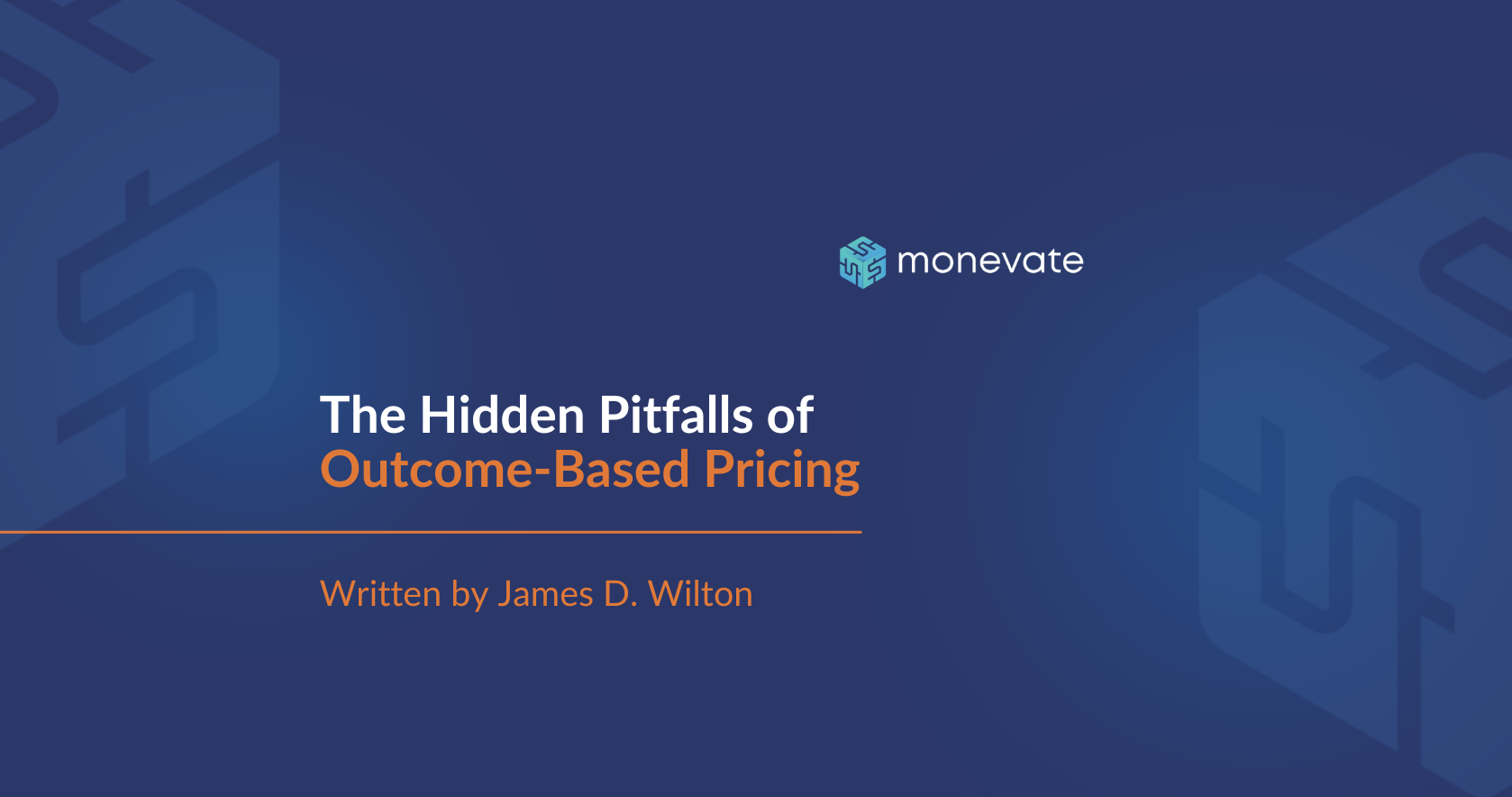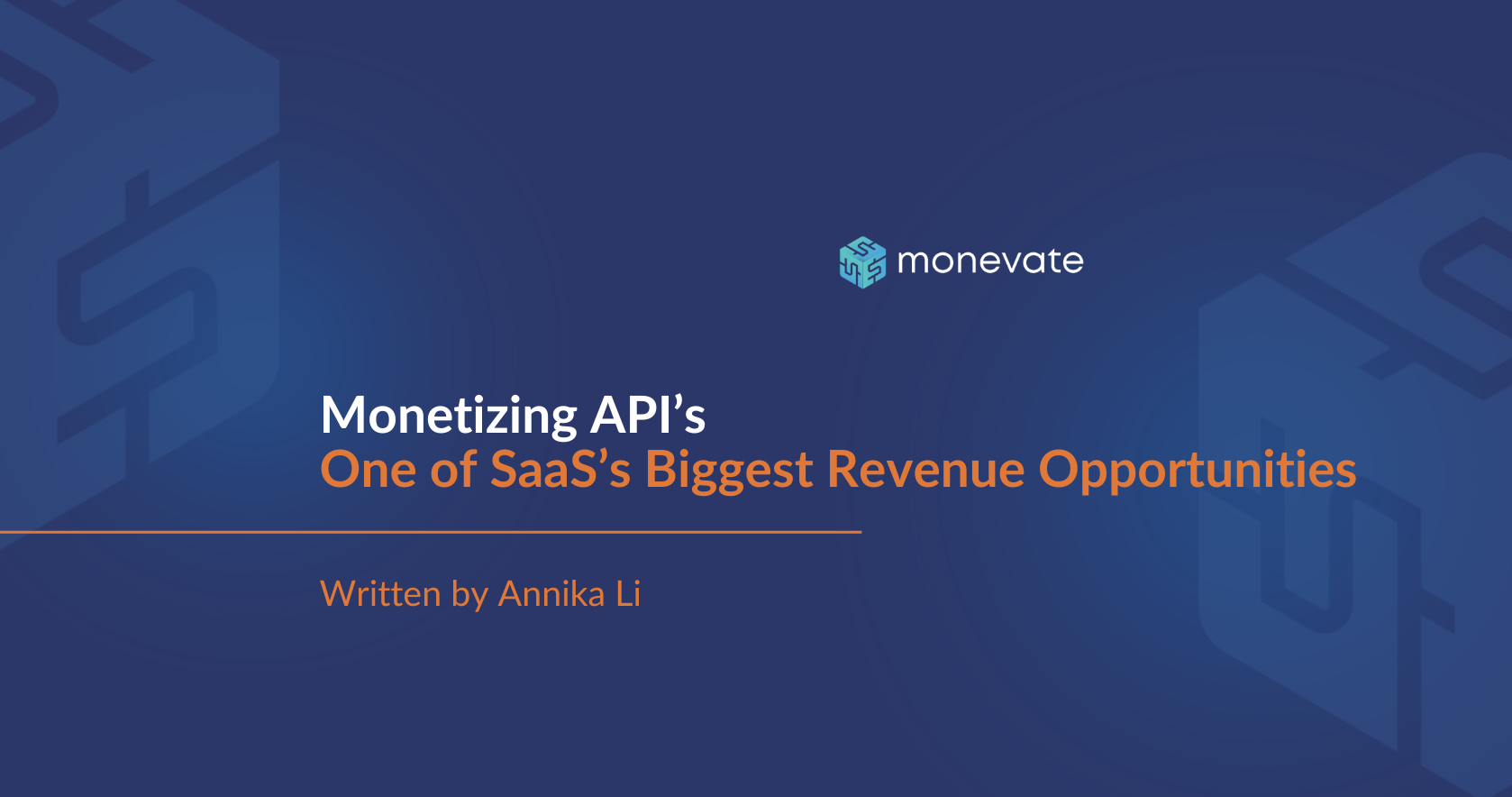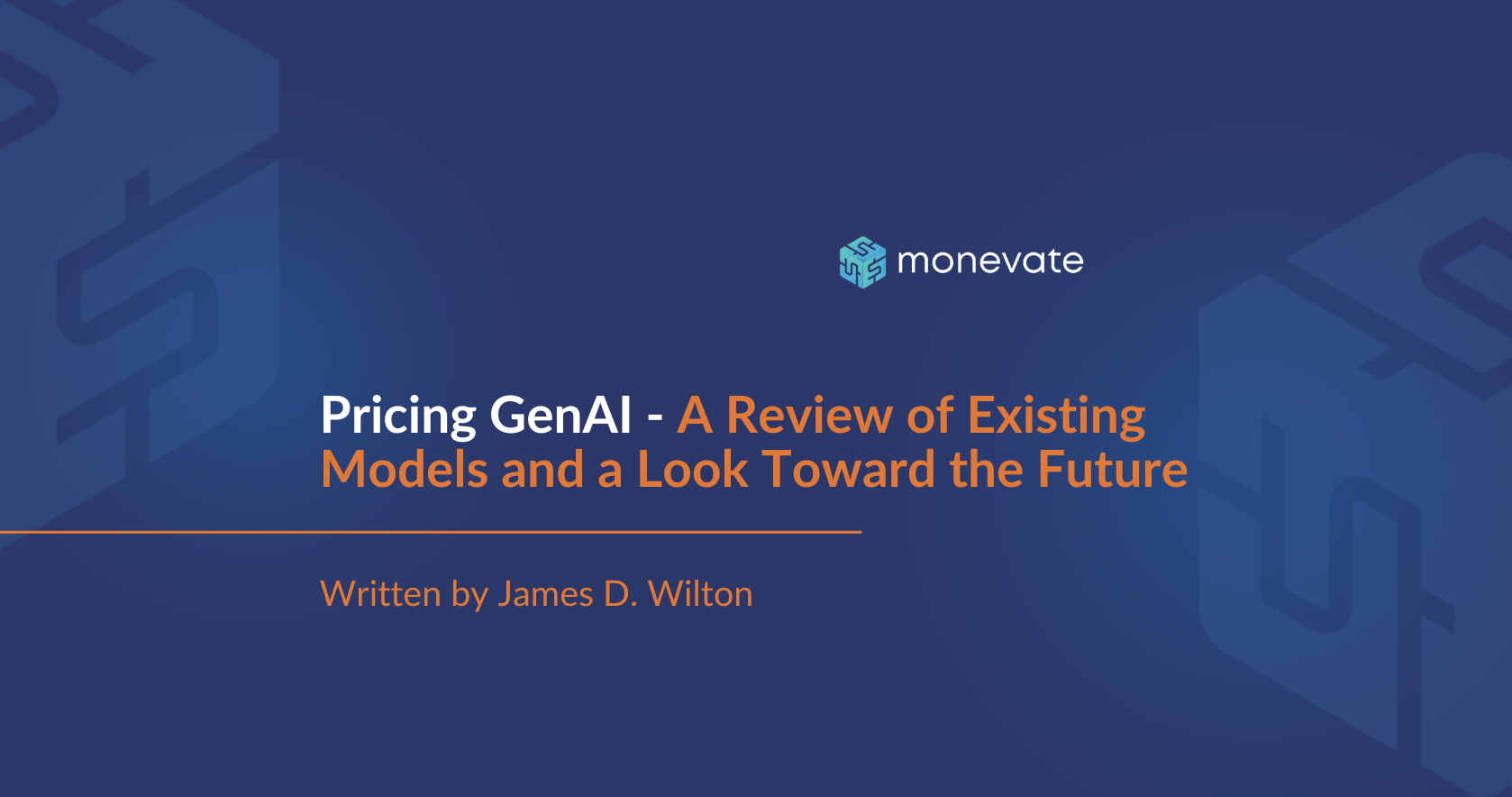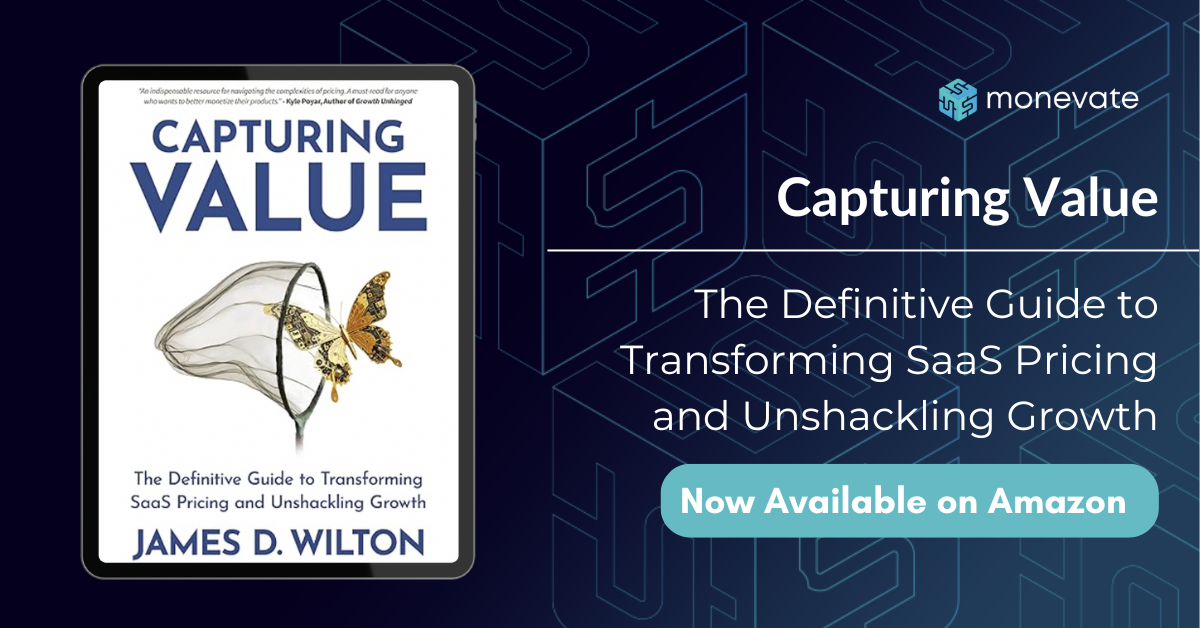Why Telfar’s Dynamic Pricing is Fashion-Forward but Monetization-Backward
Telfar Clemens, the mind behind hit clothing brand Telfar, recently made headlines announcing a new ‘dynamic pricing’ strategy that flies in the face of traditional fashion pricing, charging less for more popular items. Should other businesses follow suit and discount more when demand is high?
From the article, “there will be a dynamic pricing tool on the website that ensures the most popular, fastest-selling products are cheaper. The whole experience is designed to flip the script on the fashion industry, where brands tend to charge more for popular items. And it reinforces Clemens’ mission of making his products affordable, so they are accessible to anybody who wants them.”
Different, eh? To be clear, this is dynamic pricing, but it’s unconventional dynamic pricing. A conventional dynamic pricing model for fashion would suggest that price would go up as demand goes up (so long as supply stayed consistent). Telfar are flipping it, and raising supply and lowering prices when the demand increases. This aligns with their operations – more demand means materials will be ordered in higher quantities. That unlocks volume discounts, so unit costs go down, and savings can be passed on to the customer. Neat.
I want to like this because
(a) it’s really interesting and potentially disruptive, and
(b) it’s anchored around a social conscience, and there’s not enough of that in pricing.
My problem with it? I just can’t see it working.
What’s the problem?
Luxury goods – and fashionable clothes are luxury goods to an extent – are an interesting case because they can have negative price elasticity. This means that demand increases as the price increases, because then the goods are seen as more exclusive and therefore more desirable. In other words, when fewer people can afford a specific garment, people want it more because now having it makes them “special.” A kind of wearable status symbol.
So, given that frame, Telfar’s strategy is a bit counterintuitive. They want to reduce the price of popular items so more people can afford to buy them. It remains to be seen how that is going to mess with customers’ perception of the value of those garments.
Can you imagine? “I bought this, but now everyone has it. And they paid less for it than me(!) So, do I still want it as much?”
Unless you’re under the age of ten or trying to blend in, people tend not to want to wear exactly the same clothes as other people. It can be embarrassing to turn up to an event in the same outfit as someone else. The phrase “b*tch stole my look!” is going to be on everybody’s lips if that look is more available the more that other people “steal” it.
At the opposite end of the spectrum, if I purchase something that nobody else does, under Telfar’s model I will pay a high price for it. But then I also know that nobody else wanted it, so do I get the same sense of esteem from being the sole purchaser? It’s not that only I could afford it, or that it was limited in quantity and I was one of the lucky ones that found it. It’s that only I wanted it.
The only thing that says about me is that I have non-mainstream tastes. Some people might want that (e.g., to be cool, edgy and unconventional, perhaps), but then if everyone is looking for unique clothing items hoping that other people don’t like them, then many people will buy them for that reason. And then they’ll go down in price!
Final thoughts
I challenge Clemens’ notion that fashion pricing is illogical. It’s extremely logical, because it involves aligning pricing to broad perceptions of value. If you turn the model on its head, as in this case, you end up getting stuck odd circular arguments (as I did) because it pulls away from buyer behavior, and it’s illogical It’s a great pricing strategy for grabbing attention, but I’d be surprised if it is successful. I’m all for fashion being unconventionally dynamic. But any dynamic pricing for fashion should remain conventional.













